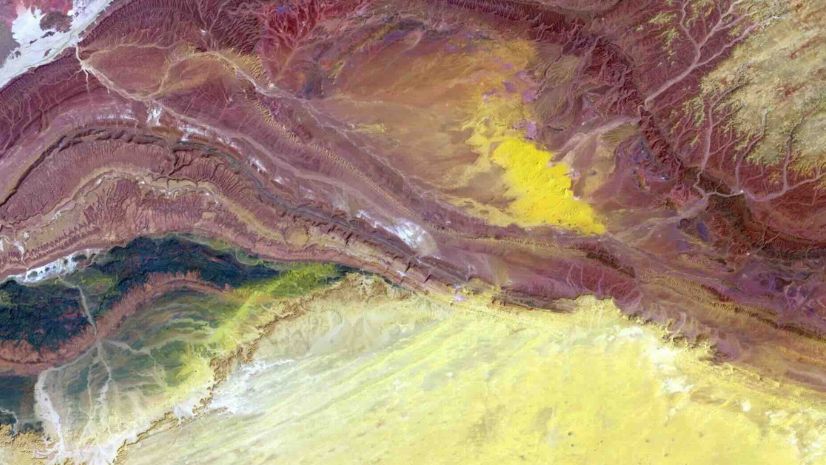When I worked as an executive for a power company, I embraced the idea of “management by walking around.” I would hang around power plants and substations. What I really liked was visiting the crews in the field. The workers told me about their challenges, obstacles, and frustrations. They were never shy. They also instilled in me a sincere admiration for their skill and dedication to their jobs. All they wanted to do was their jobs. And do them well.
The more workers knew, the safer they could be. And the better they would do their jobs. They told me that making sure they fully understood their surroundings was key. That meant knowing not only about the network assets but also what factors impacted them and the public. They had to consider all the conditions in the field. Are there sensitive areas to avoid? Are there hazards lurking around the corner? Are there upset customers? Their work was dangerous. Not getting the right information about the job can be disastrous. They knew this. They told me.
Fieldwork is not glamorous. It’s hard work. I can only think of one popular song written about a utility worker. Wichita Lineman written by Jimmy Webb and recorded by Glen Campbell in 1968 tells a story about the loneliness of the line worker. As in the song, they often work alone. The work requires skill and attention to detail. People expect their lights to stay on or their gas to continue to flow. This is especially true during times of stress. 2020 saw an increase in wildfires, floods, civil unrest, and political uncertainty. And of course, COVID-19 lurked around every corner, forcing people to be cooped up in their homes, totally dependent on their utilities. The mobile worker often faced miserable weather, wretched traffic, and hostile customers.
What I learned most from the crews was that they always seem to thirst for better information and tools. In the old days, the best mobile workers got were paper maps to guide them. Those maps were regularly out of date and hard to read. Sure, phone calls from dispatchers were a help. But dispatchers were looking at the same out-of-date maps. Workers needed real-time information, timely, location-based, and accurate. Having the current data on their mobile devices showing what’s going on right now could be lifesaving. Not having the right information and tools increased the time to do the job. It could also lengthen the restoration of gas and electric service after an outage.
That’s where a modern GIS comes in.
It gives them real-time operational awareness. It provides the workers with the tools to collect data quickly, easily, and accurately. Workers told me that they want to do their jobs – setting poles, repairing downed wires, repairing broken gas valves. They don’t want to be spending half their day deciphering paper maps. They need better tools to collect critical condition information about the assets. Field-based GIS makes collecting information fast, freeing workers to do what they do best: keeping the network healthy. They also need a better way of communicating the results of their work to the corporation.
GIS strengthens field operations in three ways. It gives workers awareness. It delivers the tools to capture and collect critical information. And it shares the collected information with the rest of the utility immediately. Visiting the crews in the field, I got the dramatic sense of location. Everything they did that impacted them was dependent on their location – their surroundings, hazards, assets, and conditions.
To learn more about how GIS helps workers do their work, attend Esri’s field operations webinar series. It consists of two half-hour sessions beginning on April 14th at 9:00 AM Pacific. This first session will focus on tactical awareness of what mobile workers face in the field. This could be weather, asset condition or even customer attitudes. The following week on April 21st also at 9:00 AM Pacific, the second session will deal with collecting, capturing, and sharing information and will highlight Esri’s new ArcGIS Field Maps. Register for the webinar

